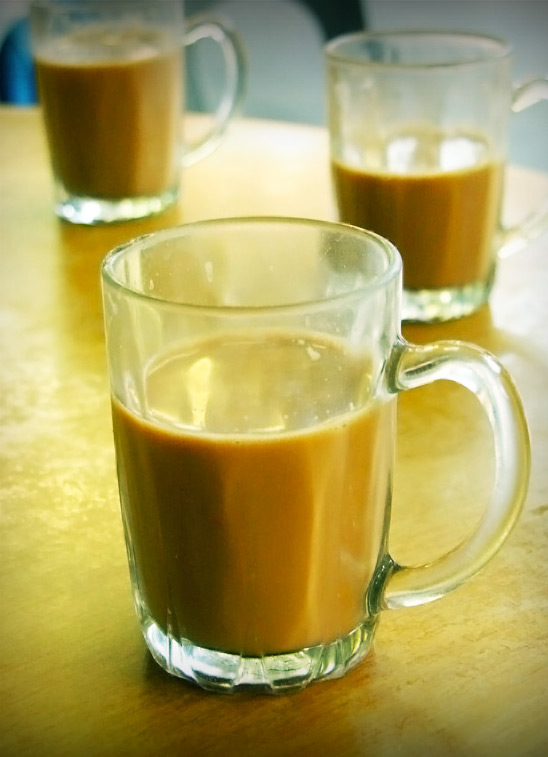Facts About Teh halia
Ginger tea, a delightful herbal beverage made from ginger root, boasts a rich history as a traditional remedy throughout East Asia, South Asia, Southeast Asia, and West Asia. This versatile tea can be savored on its own or enhanced with additions like milk, orange slices, or lemon.
In East Asia, each country offers its unique variation of ginger tea. In China, during the Tang dynasty, ginger was a popular tea ingredient, often combined with onion, orange peel, cloves, and peppermint. In Japan, it's known as "shōgayu" while in Korea, it's called "saenggang-cha" which is prepared either by boiling fresh ginger slices in water or mixing ginger juice with hot water.
Southeast Asia also presents its unique interpretations. In Brunei, Malaysia, and Singapore, you'll find "teh halia" a sweetened black tea with milk or condensed milk. In Indonesia, there's "teh jahe" with a popular local variant called "wedang jahe" which includes palm sugar and various spices.
In South Asia, particularly in India, ginger tea is famously known as "Adrak ki chai" and is a staple beverage. In the Philippines, it is called "salabat" and it is particularly enjoyed during the chilly month of December.
Each region adds its distinct twist to ginger tea, often incorporating ingredients like honey, sugar, jujubes, pine nuts, and spices such as lemongrass, cloves, and cinnamon sticks. Some even add milk, whether fresh or condensed, for a richer flavor. Ginger tea is more than just a drink; it is a cultural gem cherished for its invigorating and comforting properties.

 Malaysia
Malaysia